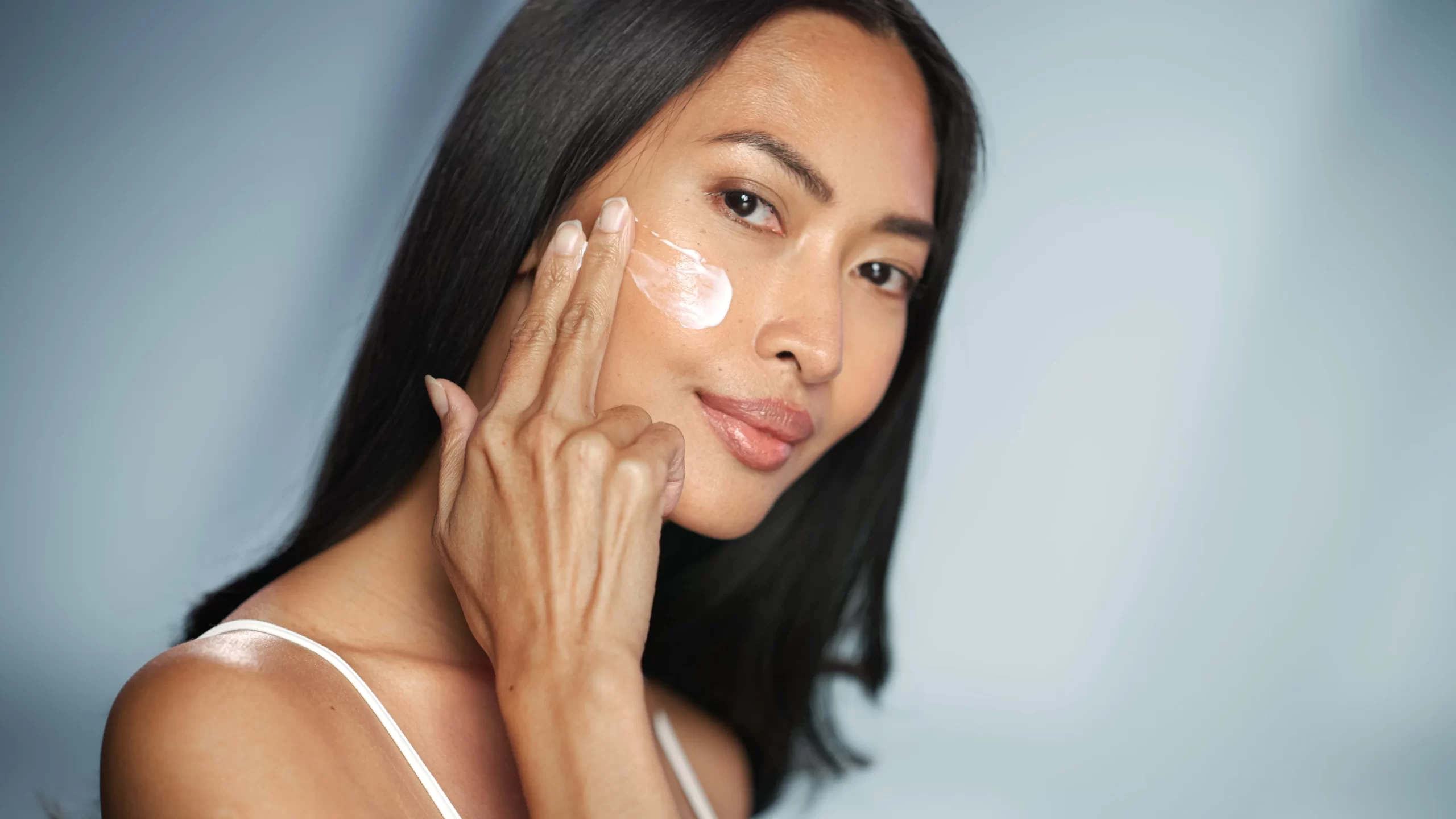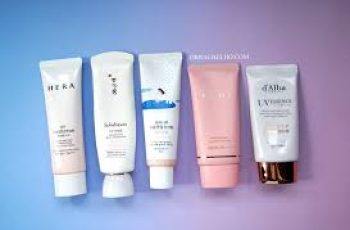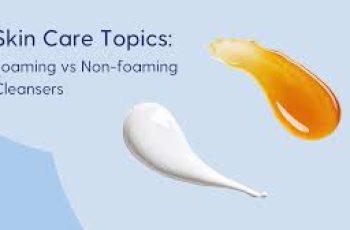
**Can Retin A (Tretinoin) and Mandelic Acid Be Used Together?**
Skincare can sometimes feel like navigating a maze of ingredients and instructions, especially when you’re trying to figure out how certain products can be layered together. If you’ve ever wondered about combining **Retin A (Tretinoin)** and **Mandelic Acid**, you’re not alone! Both are incredibly effective ingredients, but they work in different ways, which is why understanding how to use them together is key to getting the most benefit without overwhelming your skin.
### What is Mandelic Acid?
**Mandelic Acid** is an **alpha hydroxy acid (AHA)**, which is derived from bitter almonds. It’s known for its gentle exfoliating properties and is often used in professional treatments like **chemical peels** and **facials**. Here’s a closer look at what mandelic acid can do:
– **Exfoliates the skin** by sloughing off dead skin cells, which helps clear up clogged pores and reduce blemishes.
– **Reduces hyperpigmentation** (dark spots, age spots, and acne scars) by promoting an even skin tone.
– **Promotes collagen production**, helping to reduce fine lines and wrinkles.
– Has a **larger molecular size** than other AHAs, like glycolic acid, which means it penetrates the skin more slowly and is less likely to irritate, making it a good option for sensitive skin.
### What is Retin A (Tretinoin)?
**Retin A** is a prescription-strength form of **retinol** (Vitamin A), and it’s one of the most effective ingredients for **skin renewal**. Here’s a breakdown of its key benefits:
– **Speeds up skin cell turnover**, which helps to smooth out the skin’s surface, reduce fine lines, and fade dark spots.
– **Boosts collagen production**, making the skin appear plumper and more youthful.
– Helps to improve the overall texture and tone of the skin.
– It is often used to treat **acne** by preventing clogged pores and reducing inflammation.
Since retinol is highly effective at accelerating skin cell turnover, it can make the skin more sensitive to the sun, so it should always be applied in the evening, and sunscreen should be worn during the day.
### Can Retin A and Mandelic Acid Be Used Together?
Yes, **you can use Retin A and mandelic acid together**, but with caution and proper planning. Both ingredients are powerful in their own right, and when combined, they can work synergistically to improve skin texture, tone, and combat signs of aging. However, because both promote **exfoliation** and can increase **skin sensitivity**, it’s important to avoid overdoing it, especially for those with sensitive or dry skin.
### How to Use Retin A and Mandelic Acid Together
Here’s the key to safely using **Retin A** and **mandelic acid** in your routine:
#### 1. **Alternate the Days You Use Them**
The safest and most effective way to incorporate both of these ingredients is to **alternate the days** you use them. This approach allows each ingredient to work without overwhelming your skin.
– **Mandelic Acid in the Morning:** Since mandelic acid is not as sensitive to sunlight as retinol, it can be applied in the morning. Just make sure to follow with **broad-spectrum sunscreen** (SPF 30 or higher) to protect your skin from UV damage.
– **Retin A (Tretinoin) in the Evening:** Retin A should only be used in your evening skincare routine, as UV exposure can break down retinol and make it ineffective. Start with 2-3 times a week and gradually increase the frequency as your skin builds tolerance.
#### 2. **Layering in the Same Routine (If You Must)**
If you prefer to use both ingredients on the same day, **make sure you allow time for your skin to adjust**. Here’s one approach:
– **Start with Mandelic Acid**: If you’re using mandelic acid in a toner or serum form, apply it first. Mandelic acid will exfoliate and prep your skin for the next steps in your routine.
– **Wait for It to Absorb**: Give your skin a few minutes to absorb the mandelic acid and for your skin’s pH levels to balance out before applying retinol.
– **Apply Retin A**: After waiting, apply Retin A (Tretinoin). This ensures that retinol can work effectively without interference from the acid.
#### 3. **Introduce Slowly**
Both ingredients can be potent, so it’s crucial to **start slowly** when introducing them into your routine. If you’re new to either ingredient, start by using them just once or twice a week, and gradually increase frequency as your skin gets used to the actives.
#### 4. **Monitor for Irritation**
If you notice any irritation, dryness, or peeling, reduce the frequency of either mandelic acid or retinol. If irritation persists, you may want to alternate the days more strictly or try using only one of the ingredients for a period of time until your skin adjusts.
### How Often Can You Use Mandelic Acid?
The frequency of use depends on the concentration of **mandelic acid** in the product. In general:
– **10% mandelic acid**: 2-3 times per week.
– **Lower concentrations (like in cleansers)**: You may be able to use them daily, but always be mindful of how your skin feels.
Cleansers that contain mandelic acid tend to have lower concentrations and are usually gentler on the skin. However, always read the instructions of your specific product for the recommended usage.
### General Tips for Using Retin A and Mandelic Acid:
1. **Sunscreen is a Must**: Since both retinol and mandelic acid increase skin sensitivity to the sun, make sure to apply **SPF 30 or higher every morning**, even if you’re not using either ingredient that day.
2. **Avoid Mixing With Other Strong Actives**: Retinol and mandelic acid are powerful on their own, so avoid using them with other strong actives like Vitamin C or glycolic acid, which may cause irritation when combined.
3. **Hydrate and Moisturize**: Both retinol and mandelic acid can be drying, so make sure you’re following up with a good moisturizer. Look for one that helps to lock in moisture and restore your skin’s barrier.
4. **Listen to Your Skin**: Pay attention to how your skin reacts. If you experience redness, irritation, or excessive dryness, it may be a sign to scale back the frequency of either ingredient or use a gentler product.
### Final Thoughts
Using **Retin A** (Tretinoin) and **Mandelic Acid** together can offer powerful benefits for your skin, but it’s important to use them thoughtfully. By **alternating their use** or applying them at different times of day, you can take advantage of their individual strengths without overwhelming your skin.
As always, if you have sensitive skin or are unsure how your skin will react, it’s a good idea to do a patch test and consult with a dermatologist to customize your routine.


